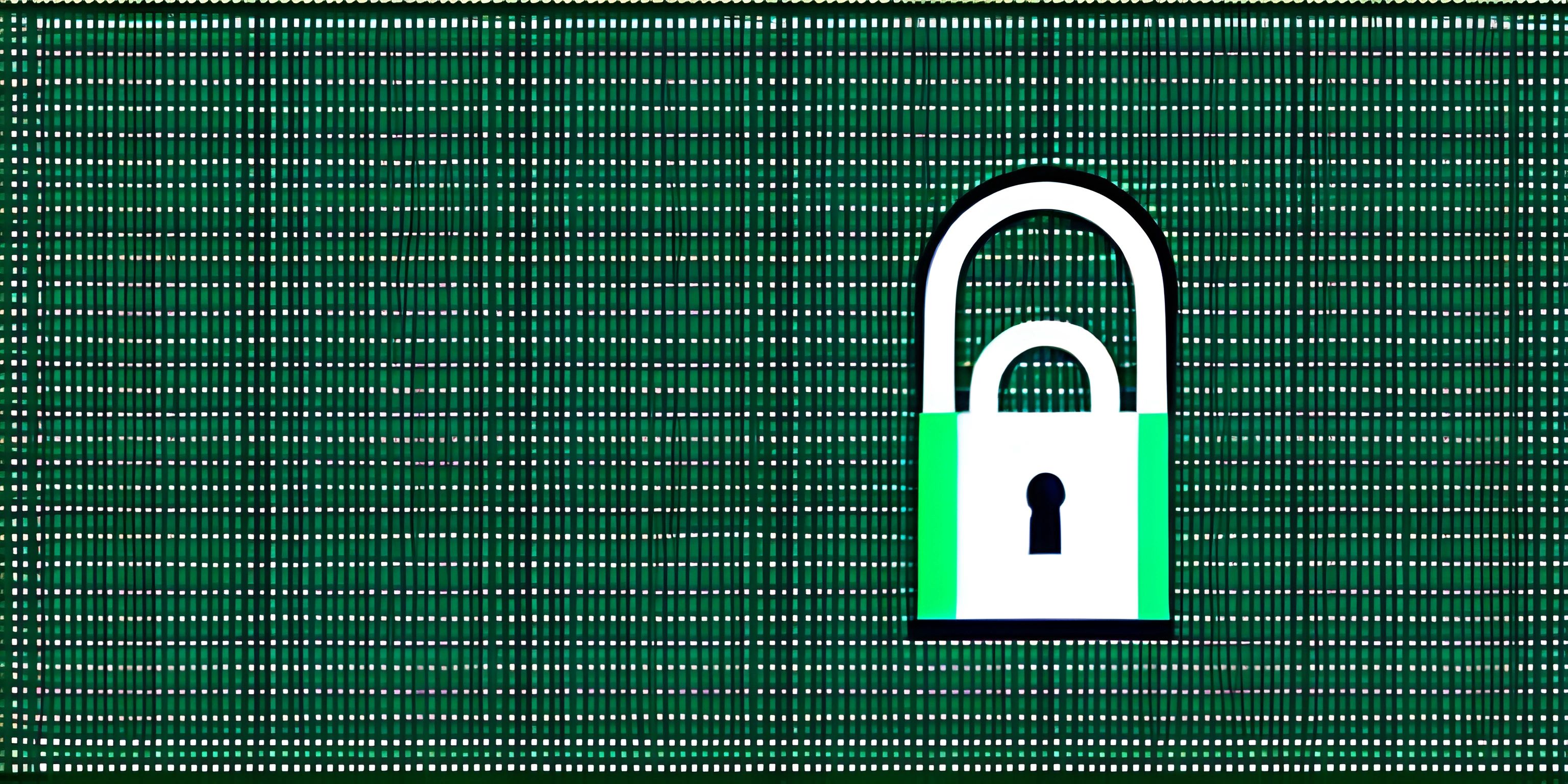Overview of the OWASP Top Ten

Note: this page has been created with the use of AI. Please take caution, and note that the content of this page does not necessarily reflect the opinion of Cratecode.
If you think the toughest part of web development is making things look pretty or getting your JavaScript to behave, think again. The real challenge often lies in making sure your web application isn’t a welcome mat for hackers. Just like you wouldn’t leave your front door wide open, you shouldn't leave your application vulnerable to attacks. That's where the OWASP Top Ten comes in—a list of the most critical web application security risks, as identified by the Open Web Application Security Project (OWASP).
What is OWASP?
Before we dive into the list, let's take a moment to appreciate OWASP itself. The Open Web Application Security Project is a non-profit organization focused on improving the security of software. Think of OWASP as a group of security experts who have your back, ensuring that your web application doesn't end up on a hacker's hit list.
The OWASP Top Ten
The OWASP Top Ten is essentially the "who's-who" of web application vulnerabilities. Knowing these risks is like having a treasure map that shows you where the booby traps are hidden. Let’s break them down one by one.
1. Injection
Imagine you’re at a buffet and someone starts adding random ingredients into your dish—yuck! In the world of web applications, injection flaws are like that. They occur when untrusted data is sent to an interpreter as part of a command or query. The most common injection attack is SQL Injection. For example:
SELECT * FROM users WHERE username = "admin" AND password = "password";
If an attacker inputs admin" OR "1"="1, the query becomes:
SELECT * FROM users WHERE username = "admin" OR "1"="1" AND password = "password";
This query always returns true, giving the attacker access.
2. Broken Authentication
Think of broken authentication as a poorly guarded secret entrance to a castle. If your authentication mechanisms are weak or flawed, attackers can easily gain unauthorized access. This can happen due to issues like poor password policies, unencrypted connections, or session management flaws.
3. Sensitive Data Exposure
Exposing sensitive data is like leaving your diary open on the kitchen table. Sensitive data exposure occurs when applications do not adequately protect information such as passwords, credit card numbers, or personal data. Encryption is your best friend here—always use HTTPS and encrypt sensitive data at rest and in transit.
4. XML External Entities (XXE)
XXE is like inviting a Trojan horse into your XML parser. This attack occurs when XML input containing a reference to an external entity is processed by an XML parser. For instance:
<!DOCTYPE foo [<!ENTITY xxe SYSTEM "file:///etc/passwd">]> <foo>&xxe;</foo>
This could expose sensitive internal files to the attacker.
5. Broken Access Control
Imagine if anyone could walk into your office and rummage through your documents. Broken access control issues arise when users can act outside their intended permissions. This could mean modifying URLs, tampering with cookies, or even navigating directly to unauthorized pages.
6. Security Misconfiguration
This is like leaving your house keys under the welcome mat. Security misconfiguration is one of the most common issues, and it often results from using insecure default configurations, failing to patch or update systems, or exposing unnecessary services.
7. Cross-Site Scripting (XSS)
XSS is like having an uninvited guest whispering in your ear at a party. It occurs when malicious scripts are injected into otherwise benign and trusted websites. For example:
<script>alert("You've been hacked!");</script>Such scripts can be injected into a site and executed in users' browsers, leading to data theft or session hijacking.
8. Insecure Deserialization
Imagine receiving a package that, when opened, turns into a hungry monster. Insecure deserialization bugs happen when untrusted data is used to abuse the logic of an application, leading to remote code execution or privilege escalation.
9. Using Components with Known Vulnerabilities
Using outdated or vulnerable components is like building your house on a shaky foundation. This risk involves using libraries, frameworks, and other software modules with known vulnerabilities.
10. Insufficient Logging and Monitoring
If a tree falls in a forest and no one hears it, did it really fall? Insufficient logging and monitoring means that security breaches could go unnoticed. Effective logging and monitoring can help you detect and respond to attacks promptly.
Conclusion
By understanding and addressing these top ten vulnerabilities, you can make your web applications much more secure. Remember, security is not just a feature; it's a necessity. Always stay updated with the latest security practices and keep your guard up.
Hey there! Want to learn more? Cratecode is an online learning platform that lets you forge your own path. Click here to check out a lesson: Rust Chat App Backend (psst, it's free!).
FAQ
What is OWASP?
OWASP stands for the Open Web Application Security Project, a non-profit organization focused on improving software security.
Why is SQL Injection dangerous?
SQL Injection allows attackers to execute arbitrary SQL commands, potentially gaining unauthorized access to a database.
How can I protect sensitive data in my web application?
Use encryption for data at rest and in transit, and always use HTTPS.
What is Cross-Site Scripting (XSS)?
XSS is an attack that involves injecting malicious scripts into trusted websites, which can then execute in users' browsers.
Why is logging and monitoring important?
Effective logging and monitoring can help detect and respond to security breaches promptly, minimizing potential damage.





